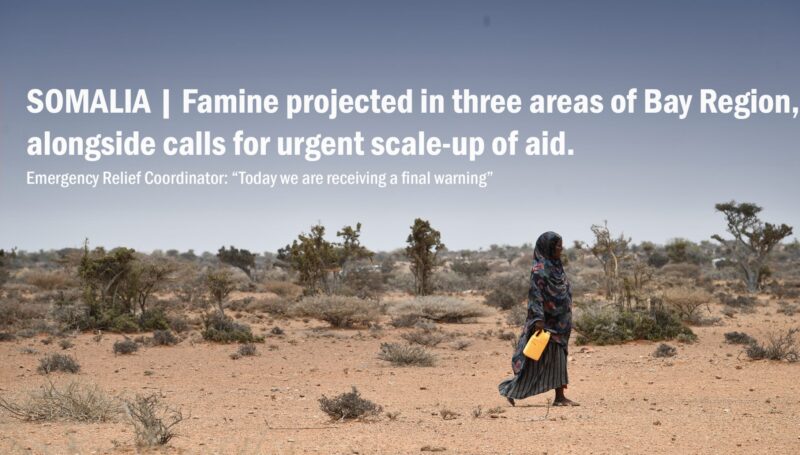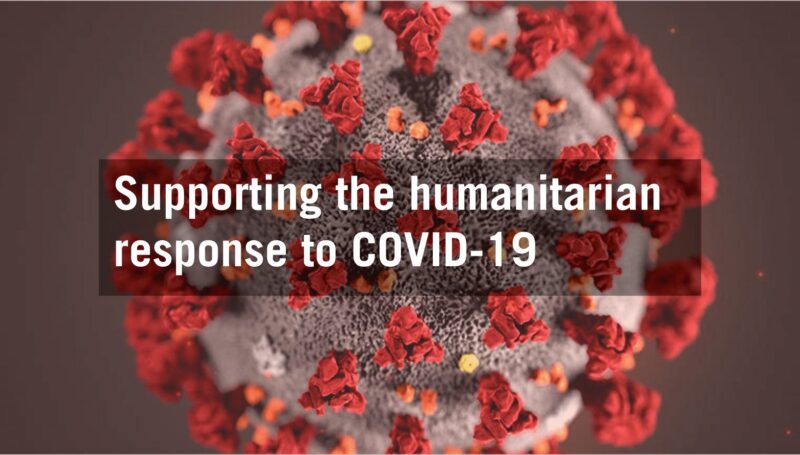The latest Integrated Public Health Rapid Assessment (IPHRA) report by IMPACT Initiatives highlights the severe public health challenges faced by internally displaced persons (IDPs) in Galkacyo, Somalia. This overview underscores the urgent need for coordinated humanitarian efforts to address health, nutrition, water, sanitation, and shelter needs among this vulnerable population.
The Importance of this Report
Galkacyo is home to over 31,812 IDP households residing in 116 formal camps. The region’s IDPs face significant barriers to essential services, compounded by the aftermath of historic flooding in 2023. The report sheds light on the critical issues affecting these communities and provides actionable insights for stakeholders to mitigate the public health crisis.
Key Messages
- Cholera Risk and Health Vulnerabilities: The report identifies a worrying increase in cholera and acute watery diarrhea cases, with 12,327 cases and 114 deaths reported across Somalia from January to May 2024. The risk of a cholera outbreak in Galkacyo remains high, necessitating immediate intervention to prevent further morbidity and mortality.
- Water and Sanitation Crisis: With 65% of households classified as water insecure and 88% relying on open defecation, the lack of adequate water and sanitation infrastructure is a major health hazard. These conditions facilitate the spread of infectious diseases, highlighting the need for improved WASH services.
- Healthcare Access Barriers: Despite the high need for medical care, 37% of individuals with healthcare needs were unable to access services. Financial constraints and the absence of nearby functional health facilities are significant barriers, particularly in North Galkacyo.
- Food Insecurity: Food security remains precarious, with 56% of households falling under the borderline food consumption score. This aligns with IPC projections placing the Galkacyo IDP population in Phase 3 (Crisis) of acute food insecurity, emphasizing the need for sustained food aid and nutrition programs.
- Shelter and Living Conditions: Shelter is the highest priority need, with 91% of IDP households living in temporary shelters. The precarious living conditions exacerbate vulnerability to health risks and underscore the need for durable housing solutions.
- Child Health and Malnutrition: The report reveals alarming health indicators among children, with 44% of those under 5 years old falling sick in the two weeks prior to data collection. Malnutrition rates are critical, with a 14% Global Acute Malnutrition (GAM) rate, indicating an urgent need for enhanced nutritional support.
Final Thoughts
The IPHRA report paints a stark picture of the public health challenges in Galkacyo, calling for immediate and concerted action from humanitarian agencies, government bodies, and international donors. Addressing these key issues is imperative to improving the living conditions and health outcomes for Galkacyo’s IDPs.
Read the full report for a full overview of the situation: REACH_SOM_IPHRA_Situation-overview_June-2024.pdf (impact-initiatives.org)









